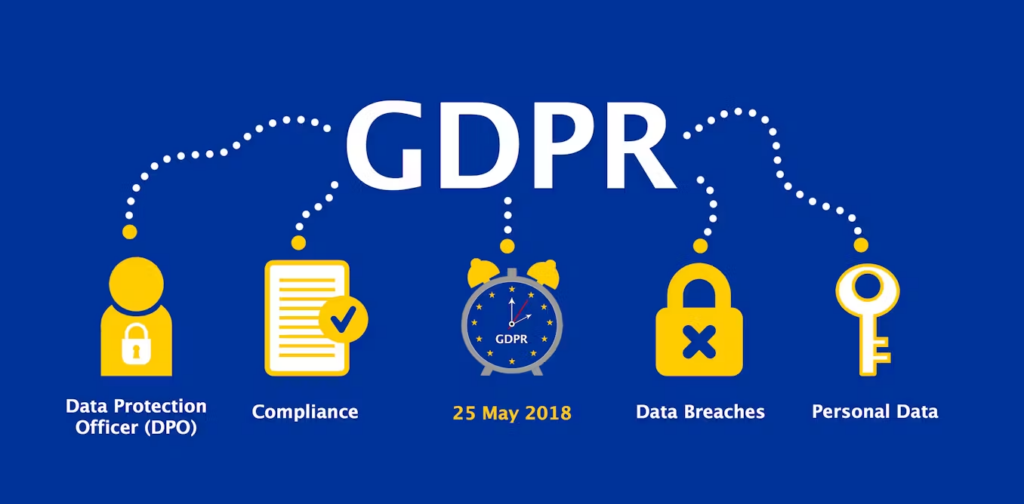With digitalization and remote work have now the norm, the need for secure document sharing platforms has increased significantly. Businesses, organizations, and individuals rely on these platforms to store, collaborate, and exchange sensitive information. While Secure Data Rooms (SDRs) and online document sharing platforms offer convenience and accessibility, concerns have been raised about their ability to provide robust document protection. This essay explores the reasons behind the perceived weaknesses in document protection on such platforms.
User Vulnerability
One of the primary reasons for weak document protection on online platforms lies in the vulnerability of users themselves. Users often neglect basic security measures, such as using weak passwords, failing to update software, or falling victim to phishing attacks. These lapses create entry points for malicious actors to gain unauthorized access to sensitive documents. Despite the platforms’ security measures, weak user practices can undermine the overall protection offered.
Inadequate Encryption Practices
Encryption plays a pivotal role in ensuring the confidentiality and integrity of shared documents. However, some online document sharing platforms may employ weak encryption algorithms or configurations that are vulnerable to attacks. Outdated encryption standards or improper key management can leave documents exposed to potential breaches. Additionally, reliance on untested third-party encryption libraries or services introduces further risk, as their security practices may not align with the stringent standards required for safeguarding sensitive data. If using outside encryption, it is best to use a tried and tested Digital Rights Management (DRM) solution that uses AES 256-bit encryption.

Insider Threats
While online platforms focus on external threats, internal vulnerabilities are often overlooked. Authorized users with access to sensitive documents can intentionally or inadvertently leak or misuse the data. Inadequate access controls, insufficient monitoring mechanisms, or the absence of robust user activity logging can contribute to the weak protection of documents against insider threats. Without adequate measures in place, the risk of data breaches or unauthorized data disclosure remains high.
Vulnerabilities in Platform Infrastructure
Secure Data Rooms and online document sharing platforms rely on complex infrastructures to function. However, vulnerabilities within this infrastructure can compromise document protection. Weaknesses in server configurations, unpatched software, or outdated security protocols may expose the platform to external attacks. Additionally, inadequate physical security measures at data centers hosting these platforms can leave documents vulnerable to physical theft or unauthorized access. Addressing these infrastructure vulnerabilities is key to securely sharing files, and there is no way for secure data room customers to ensure this will happen.
Limited Control over Data
When using third-party platforms, users often relinquish a certain level of control over their data. This lack of control poses potential risks to document protection. Users must trust that the platform provider adheres to robust security practices, conducts regular security audits, and effectively secures the data they host. However, if the provider fails to meet these standards, the user’s documents become susceptible to unauthorized access, data breaches, or even misuse by the platform provider itself.
Integration with Third-Party Services
Online document sharing platforms frequently integrate with various third-party services, such as cloud storage providers or productivity tools. While these integrations enhance functionality, they also introduce potential security vulnerabilities. Incompatibility issues, weak authentication mechanisms, or inadequate data handling practices by these third-party services can undermine the overall document protection on the platform. Users must consider the security implications of these integrations and assess the trustworthiness of the involved parties.
Compliance and Legal Challenges
Data protection regulations and legal requirements pose significant challenges for online platforms. Providers must ensure compliance with regional, industry-specific, and international data protection laws, such as the General Data Protection Regulation (GDPR) or the California Consumer Privacy Act (CCPA). Meeting these requirements while providing seamless access and collaboration features can be a delicate balancing act. Consequently, compliance challenges can potentially result in weaker document protection due to resource limitations or gaps in understanding legal obligations.

Emerging Threats and Evolving Technologies
The landscape of cybersecurity is constantly evolving, and new threats emerge regularly. Hackers and cybercriminals continually develop sophisticated techniques to bypass security measures and gain unauthorized access to sensitive documents. Online document sharing platforms must stay ahead of these threats by implementing robust security measures and staying up to date with the latest security technologies. However, the rapid pace of technological advancements can make it challenging for platforms to keep pace with the ever-changing threat landscape, leaving potential gaps in document protection.
Lack of User Awareness and Education
The weak document protection on online platforms can also be attributed to the lack of user awareness and education regarding cybersecurity best practices. Many users may not fully understand the risks associated with sharing sensitive documents online or the steps they need to take to ensure document protection. Without adequate knowledge of security measures, users may inadvertently engage in risky behaviors, such as sharing documents with unauthorized individuals or using unsecured networks, which can compromise the security of their documents. Platform providers should take responsibility for educating users about the importance of document protection and providing clear guidelines on best practices to mitigate potential risks.
Complex User Interfaces and Configuration Challenges
Online platforms often incorporate complex user interfaces to cater to a wide range of functionalities and user requirements. However, this complexity can introduce challenges in configuring and managing document protection settings effectively. Users may struggle to navigate through intricate security options or misunderstand the implications of specific configuration choices. Consequently, they may unknowingly enable weaker security settings or overlook critical security features, leaving their documents more vulnerable to unauthorized access. Simplifying user interfaces and providing clear guidance on security configurations can help users make informed decisions and strengthen document protection.
Insufficient Testing and Vulnerability Management
The effectiveness of document protection relies heavily on continuous testing and vulnerability management practices employed by platform providers. Regular security assessments, penetration testing, and vulnerability scanning are crucial to identify and remediate potential weaknesses in the platform’s infrastructure and security controls. However, due to resource limitations, time constraints, or inadequate security-focused cultures, some providers may not prioritize thorough testing and vulnerability management. This oversight can result in undetected vulnerabilities that attackers can exploit, undermining document protection on the platform.
Limited Transparency and Auditability
Transparency and auditability play significant roles in establishing trust in online document sharing platforms. Users need assurance that their documents are adequately protected and that the platform provider adheres to robust security practices. However, the lack of transparency regarding the platform’s security measures, data handling practices, and auditing procedures can lead to doubts about the overall document protection. Users should have access to clear and comprehensive information regarding the platform’s security controls, certifications, and independent audit reports to make informed decisions about sharing their sensitive documents.
Resource Constraints and Cost Considerations
Document protection requires substantial investments in security technologies, skilled personnel, and infrastructure. Smaller platform providers with limited resources may struggle to implement and maintain robust security measures. Cost considerations may limit their ability to employ advanced security technologies or hire dedicated cybersecurity professionals. Consequently, weaker document protection measures may be in place due to these resource constraints. Users should carefully evaluate the security capabilities of different platforms, considering the trade-offs between cost and document protection, to ensure they choose a provider that aligns with their specific security requirements.
Balancing Convenience and Security
Online document sharing platforms often prioritize convenience and user experience to attract and retain users. While convenience is important, striking a balance between convenience and robust document protection can be challenging. Introducing stringent security measures may hinder user experience or impede efficient collaboration. Users may prioritize ease of use over security, opting for weaker security settings or engaging in risky behaviors to streamline their workflows. Platform providers typically focus on maintaining at the expense of security.
Conclusion
While online document sharing platforms offer numerous benefits, weak document protection can pose significant risks to the confidentiality, integrity, and availability of sensitive information. By understanding the reasons behind these weaknesses, users and platform providers can take proactive steps to enhance document protection. Strengthening user awareness and education, implementing robust encryption practices, and investing in regular testing and vulnerability management are crucial steps to mitigate the weaknesses and enhance the overall document protection on these platforms.
However, it is important to understand that achieving true secure document sharing is likely not possible without a PDF DRM solution to enforce document controls. At such a point, it is worth asking what value the data room provides over DRM and whether it is the correct the choice for your business.

